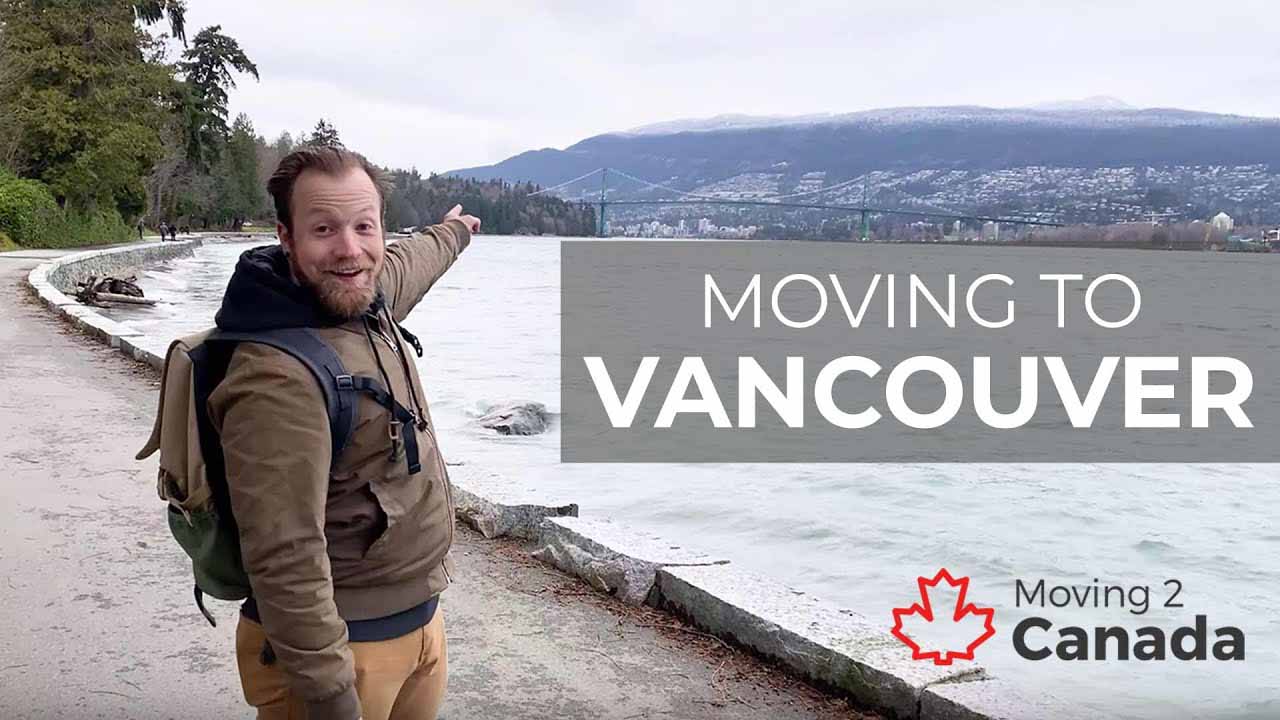Get immigration help you can trust.
Find the best immigration programs for you
Advertisement
Immigration to Saskatchewan, Canada is delivered in part through the Saskatchewan Immigrant Nominee Program (SINP), one of Canada’s Provincial Nominee Programs (PNPs).
Saskatchewan immigration authorities have developed SINP categories for a broad range of potential applicants. For people thinking of immigrating to Saskatchewan — particularly those who may not succeed in immigrating to Canada through a federal program, such as those managed under the Express Entry system — the SINP may be the perfect Canadian immigration option.
Through a variety of categories and sub-categories, the SINP targets specific individuals and their families who have the potential to live and work successfully in Saskatchewan. If you are a skilled worker abroad, an international graduate or temporary foreign worker in Saskatchewan, or an entrepreneur with big plans for your future business in Saskatchewan, the SINP could be your route to Canadian permanent resident status.
For a video overview of the Saskatchewan Immigration Nominee Program (SINP) check out this video from one of our recommended Canadian immigration consultants, Deanne Acres-Lans from Canada Abroad:
Why think about Saskatchewan?
While the latest census data from 2016 reveals immigration to Saskatchewan has been relatively low compared to national figures, with four percent of newcomers to Canada choosing to settle in Saskatchewan, this figure is growing. The previous census, in 2011, showed only one percent settled in Saskatchewan.
Saskatchewan maintains a diverse and active immigration program to respond to and encourage this growth, as categories evolve or are created to respond to labour market needs.
With a growing economy, vibrant city life, a strong educational system, and plenty of open space, Saskatchewan could provide a prosperous new home for you and your family. Saskatchewan’s economic growth is among the highest of all Canadian provinces, as the agricultural and mining industries rebound. Employers are frequently looking for skilled and enthusiastic workers in these sectors, as well as others including education, healthcare, engineering, and more.
The SINP: an overview
As one of Canada’s Provincial Nominee Programs (PNPs), the SINP offers a variety of categories and sub-categories for potential immigration candidates. Most of these operate outside the federal Express Entry system, meaning a candidate can submit an application for nomination for permanent residence from the province without creating an Express Entry profile, entering the pool, and awaiting an invitation to apply (ITA) in a draw.
However, there is also one Express Entry-aligned option, the Saskatchewan International Skilled Worker: Express Entry sub-category, which could lead to that all-important provincial nomination and an additional 600 Comprehensive Ranking System (CRS) points, leading to an ITA in a future Express Entry draw.
An ‘Expression of Interest’ system
During the first years of the SINP, candidates in the International Skilled Worker streams would have to submit applications during intake periods which were announced with little notice and often lasted briefly. However, in 2019, SINP opted to shift to an Expression of Interest (EOI) system.
Instead of trying to submit an application online during unannounced and brief intake periods, as was formerly required, anyone who is eligible became eligible to submit an Expression of Interest and enter a pool of candidates to stand a chance of receiving an invitation to submit a full application. This also ensures that only eligible candidates may submit an application, and allows potential applicants to improve their profile and standing in the pool while they await an invitation.
- Learn more about the new SINP Expression of Interest system.
You can find out which SINP streams are open right now, in our Canada PNP Live Tracker.

Wait! Let us help you.
SINP categories
The eligibility criteria across the SINP’s categories and sub-categories are many and varied, meaning a wide variety of workers, international graduates, and businesspeople may find a route that fits them.
Saskatchewan has identified several areas of labour shortage in the province, and looks to talented newcomers from around the world, as well as temporary foreign workers in Saskatchewan, to fill these gaps. If you work in any of the occupations listed on the province’s In-Demand Occupation List, or if you are currently working in Saskatchewan, there may be a sub-category for you.
Find out more about:
- The International Skilled Worker category: Saskatchewan Express Entry, Saskatchewan Occupations In-Demand, and the Saskatchewan Tech Talent Pathway.
- The Saskatchewan Experience category.
If you’re working in a low-skilled or intermediate-skilled job, you may be able to immigrate through Saskatchewan’s Hard-To-Fill Skills Pilot. To be eligible, you have to have a job offer from a Saskatchewan employer in one of the eligible occupations.
International healthcare workers may be able to find a job offer to support their SINP application by registering in the Saskatchewan International Healthcare Workers EOI Pool. This pool allows Saskatchewan-based healthcare employers to search for international talent to fill open job positions.
Saskatchewan immigration authorities also welcome foreign investment to nurture business opportunities in Saskatchewan. If you have a business idea, or wish to purchase and expand an existing Saskatchewan business, the Saskatchewan Entrepreneur Program could be the start of an exciting new investment.
Recent graduates from Saskatchewan colleges and universities who are interested in managing their own business might be interested in the Saskatchewan International Graduate Entrepreneur category.
A further business option can be found in the Saskatchewan Farm Owner and Operator category, which works closely with farmers abroad who wish to settle in the province and establish a farm.
Next steps
You can find out which SINP categories are open right now in our Canada PNP Live Tracker.
If you have already submitted an application to Saskatchewan immigration authorities, or thinking of doing so soon, you can view updated SINP processing times.
Register your SINP Expression of Interest in Saskatchewan’s OASIS system.

Get your questions answered by an expert
Related articles

The Saskatchewan Immigrant Nominee Program (SINP)
Read more

Saskatchewan Tech Talent Pathway
Read more

The Saskatchewan International Healthcare Worker EOI Pool
Read more

Saskatchewan Hard-To-Fill Skills Pilot
Read more










